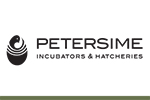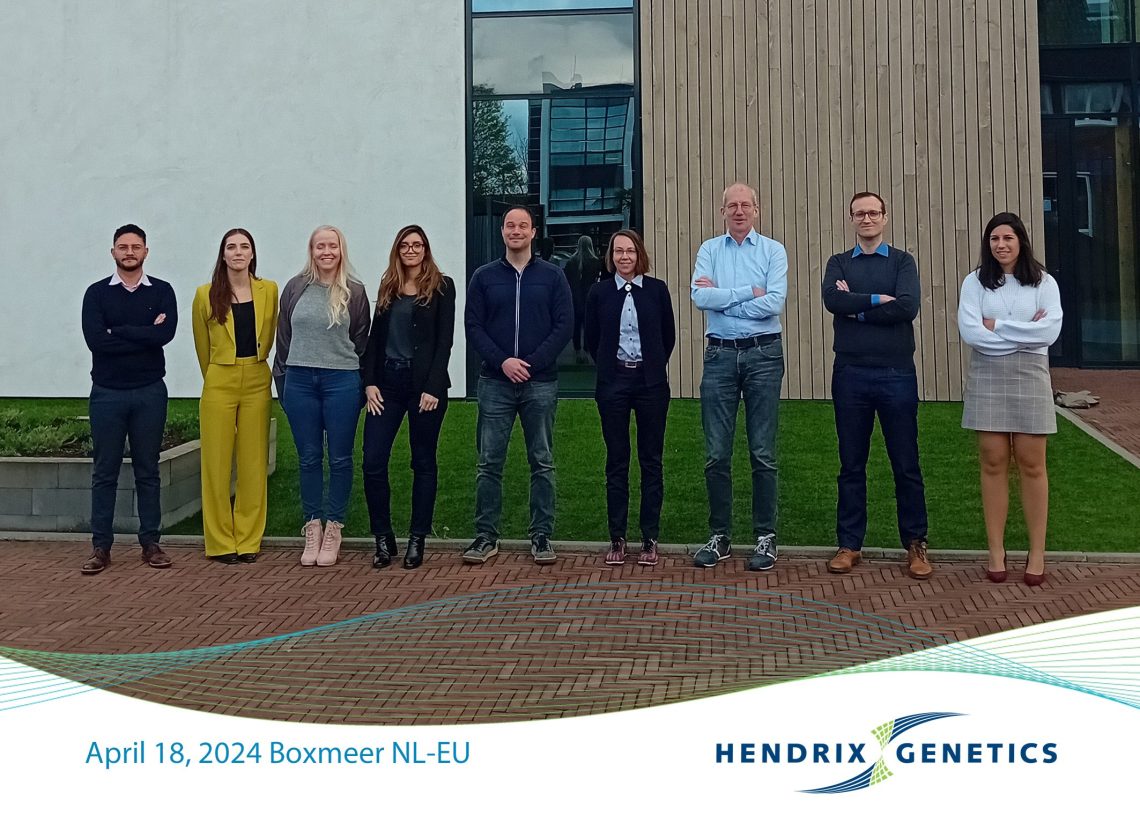 Hendrix Genetics Partners with LABOGENA DNA for Advanced Genotyping Services
Hendrix Genetics Partners with LABOGENA DNA for Advanced Genotyping Services
Hendrix Genetics, a globally recognized leader in animal breeding across multiple species (turkeys, layers, traditional poultry, swine, trout, salmon, and shrimp) has selected LABOGENA DNA as its exclusive provider for genotyping services in its multi-species breeding program for the next three years.
Read more: Hendrix Genetics Partners with LABOGENA DNA for Advanced Genotyping Services
 Learn about the 3 most important types of ostriches in the world.. The best of them is the black-necked
Learn about the 3 most important types of ostriches in the world.. The best of them is the black-necked
Ostrich meat consumption is considered a new phenomenon in Egypt due to consumers not being accustomed to it, which requires some time to get used to consuming it, in addition to the high prices of selling it locally compared to the prices of selling red meat such as cows and sheep, and the demand for ostrich meat is still limited to visitors to hotels and large restaurants and some who want to eat it occasionally.
Read more: Learn about the 3 most important types of ostriches in the world.. The best of them is the...
 By: Dr. Turki Saraqbi
By: Dr. Turki Saraqbi
Who among us doesn't enjoy pasta (spaghetti, or thin strings) cooked in various ways (with tomato sauce, yogurt, eggs, cheese, etc.)? However, none of us likes to see these strings or tough white lines in broiler chicken meat (especially in the breast), which often leads to the rejection of such chickens for human consumption in slaughterhouses, causing significant moral losses to the poultry industry, farmers, slaughterhouses, and their associated companies.
In fact, global attention has focused on understanding the increasing incidence of muscle disorders (myopathies) in broiler chickens, a topic that has gained prominence in the early 21st century.
Read more: Spaghetti Meat of Broiler Chickens: Causes and Treatment
 Middle East Poultry Meat Market Analysis
Middle East Poultry Meat Market Analysis
 The Middle East poultry meat market size is estimated at USD 15.93 billion in 2024 and is expected to reach USD 17.51 billion by 2029, growing at a CAGR of 1.90% during the forecast period (2024-2029).
The Middle East poultry meat market size is estimated at USD 15.93 billion in 2024 and is expected to reach USD 17.51 billion by 2029, growing at a CAGR of 1.90% during the forecast period (2024-2029).
Read more: Middle East Poultry Meat Market Analysis
 10 Interesting Facts About Fish
10 Interesting Facts About Fish
Fish have been living on Earth for more than 500 million years, they have been around for a long time on planet Earth even before the dinosaurs, and there are more than 25,000 species of fish, so there are more species of fish than all types of amphibians, reptiles, birds and mammals.
Read more: 10 Interesting Facts About Fish
 By: Dr. Khaled Okasha - PhD in Poultry Nutrition
By: Dr. Khaled Okasha - PhD in Poultry Nutrition
Regional Technical Director for the Middle East, Danisco Animal Nutrition & Health (IFF)
Introduction:
Due to genetic improvements in breeder strains over recent years, it is essential to continuously review nutritional requirements. Both calcium (Ca) and phosphorus (P) are essential minerals for growth and bone formation, responsible for their hardness and strength. Therefore, accurately estimating calcium and phosphorus requirements is crucial for increasing productivity.
Unlike phosphorus (P), calcium sources are generally inexpensive. Studies have shown that excessive calcium may negatively affect digestion due to the formation of insoluble salts with dietary fatty acids in the intestinal lumen, which may reduce nutrient availability, decrease energy utilization, and reduce growth and feed efficiency. Additionally, excess calcium interferes with the digestion and absorption of trace minerals and interacts with inorganic phosphorus in the digestive tract. Hence, reducing calcium levels can enhance phosphorus utilization.
Read more: The Role of Calcium in the Nutrition of Broiler Breeder Hens
 By: Dr. Khaled Okasha - PhD in Poultry Nutrition
By: Dr. Khaled Okasha - PhD in Poultry Nutrition
Regional Technical Director for the Middle East, Danisco Animal Nutrition & Health (IFF)
Introduction:
Due to genetic improvements in breeder strains over recent years, it is essential to continuously review nutritional requirements. Both calcium (Ca) and phosphorus (P) are essential minerals for growth and bone formation, responsible for their hardness and strength. Therefore, accurately estimating calcium and phosphorus requirements is crucial for increasing productivity.
Unlike phosphorus (P), calcium sources are generally inexpensive. Studies have shown that excessive calcium may negatively affect digestion due to the formation of insoluble salts with dietary fatty acids in the intestinal lumen, which may reduce nutrient availability, decrease energy utilization, and reduce growth and feed efficiency. Additionally, excess calcium interferes with the digestion and absorption of trace minerals and interacts with inorganic phosphorus in the digestive tract. Hence, reducing calcium levels can enhance phosphorus utilization.
Read more: The Role of Calcium in the Nutrition of Broiler Breeder Hens
 By: Dr. Khaled Okasha - PhD in Poultry Nutrition
By: Dr. Khaled Okasha - PhD in Poultry Nutrition
Regional Technical Director for the Middle East, Danisco Animal Nutrition & Health (IFF)
Introduction:
Due to genetic improvements in breeder strains over recent years, it is essential to continuously review nutritional requirements. Both calcium (Ca) and phosphorus (P) are essential minerals for growth and bone formation, responsible for their hardness and strength. Therefore, accurately estimating calcium and phosphorus requirements is crucial for increasing productivity.
Unlike phosphorus (P), calcium sources are generally inexpensive. Studies have shown that excessive calcium may negatively affect digestion due to the formation of insoluble salts with dietary fatty acids in the intestinal lumen, which may reduce nutrient availability, decrease energy utilization, and reduce growth and feed efficiency. Additionally, excess calcium interferes with the digestion and absorption of trace minerals and interacts with inorganic phosphorus in the digestive tract. Hence, reducing calcium levels can enhance phosphorus utilization.
Read more: The Role of Calcium in the Nutrition of Broiler Breeder Hens
 Secrets and facts about chickens
Secrets and facts about chickens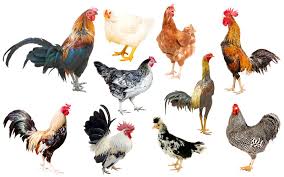 Types of Chicken: Learn about the types of chicken by name
Types of Chicken: Learn about the types of chicken by name "Agriculture" offers 27 investment opportunities for poultry projects in Afif Governorate
"Agriculture" offers 27 investment opportunities for poultry projects in Afif Governorate For poultry farmers... Learn about the damage caused by incorrect feed storage on flock health and productivity
For poultry farmers... Learn about the damage caused by incorrect feed storage on flock health and productivity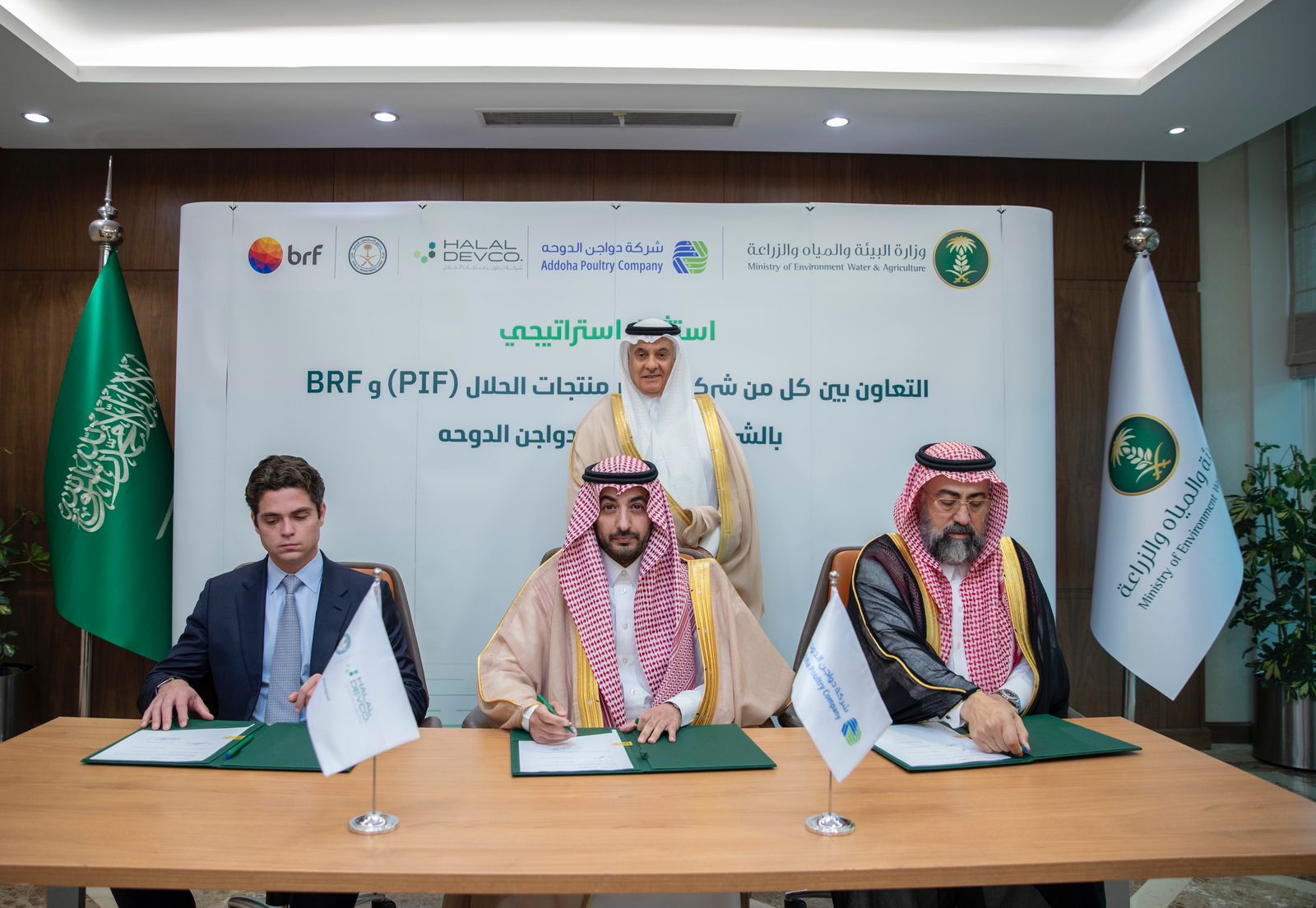 Minister of Environment sponsors signing of strategic investment between Brazil Foods Arabia and Doha Poultry Company to increase production capacity in poultry products sector
Minister of Environment sponsors signing of strategic investment between Brazil Foods Arabia and Doha Poultry Company to increase production capacity in poultry products sector By: Prof. Dr. Mohammed Ali Maki Jassem Al-Rubaie - Iraq
By: Prof. Dr. Mohammed Ali Maki Jassem Al-Rubaie - Iraq



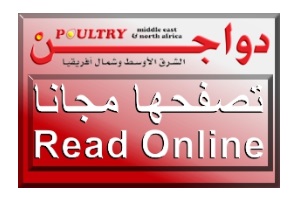


 First human death from bird flu in the US
First human death from bird flu in the US Hendrix Genetics Partners with LABOGENA DNA for Advanced Genotyping Services
Hendrix Genetics Partners with LABOGENA DNA for Advanced Genotyping Services Learn about the 3 most important types of ostriches in the world.. The best of them is the black-necked
Learn about the 3 most important types of ostriches in the world.. The best of them is the black-necked By: Dr. Turki Saraqbi
By: Dr. Turki Saraqbi 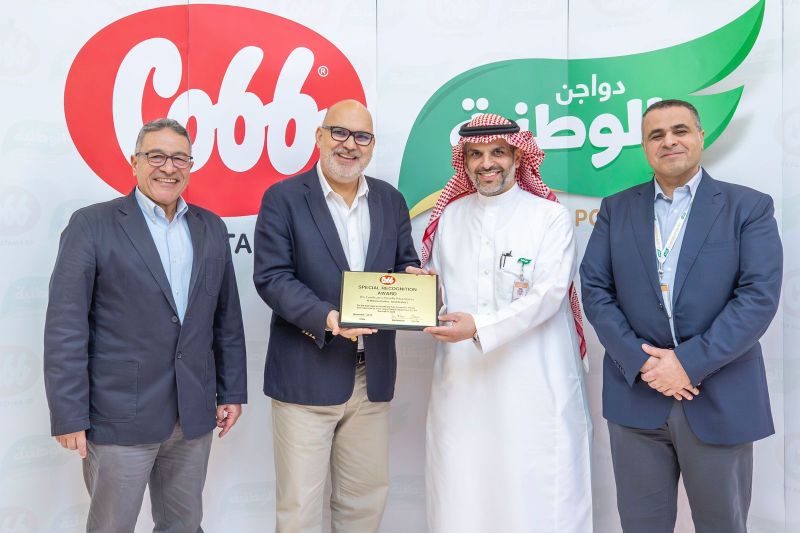 Exceptional award from Cobb International Company to Jedoud National Company
Exceptional award from Cobb International Company to Jedoud National Company The Middle East poultry meat market size is estimated at USD 15.93 billion in 2024 and is expected to reach USD 17.51 billion by 2029, growing at a CAGR of 1.90% during the forecast period (2024-2029).
The Middle East poultry meat market size is estimated at USD 15.93 billion in 2024 and is expected to reach USD 17.51 billion by 2029, growing at a CAGR of 1.90% during the forecast period (2024-2029). 10 Interesting Facts About Fish
10 Interesting Facts About Fish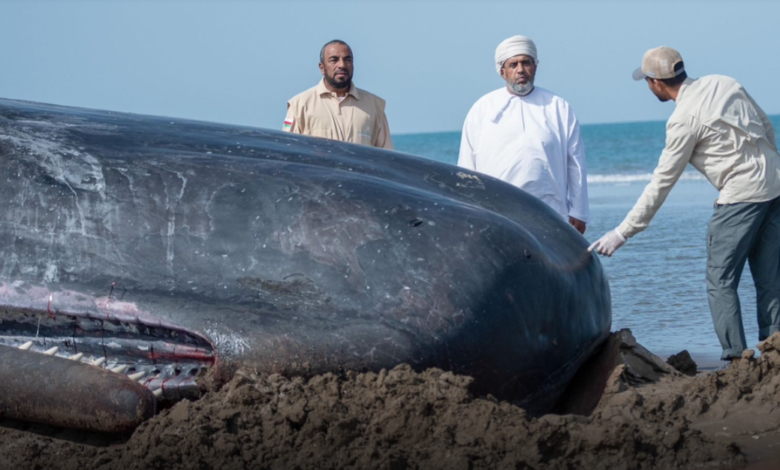 Environment Authority: The death of the "sperm whale" in the Wilayat of Barka was due to natural conditions
Environment Authority: The death of the "sperm whale" in the Wilayat of Barka was due to natural conditions Bird Oddities and Wonders
Bird Oddities and Wonders By: Dr. Khaled Okasha - PhD in Poultry Nutrition
By: Dr. Khaled Okasha - PhD in Poultry Nutrition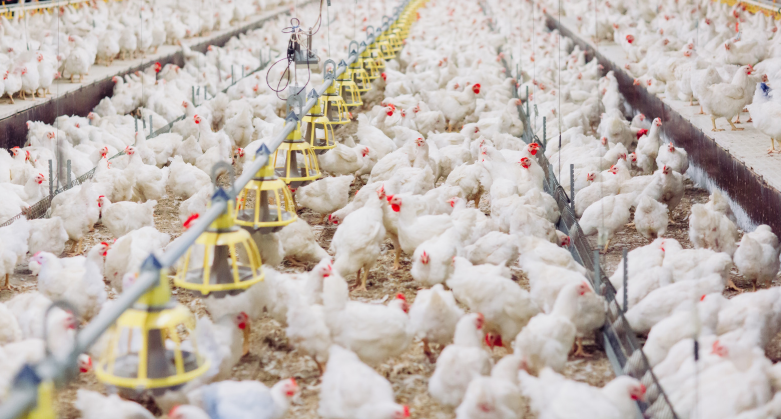 Poultry meat project on an area of 4 million square meters in Tabuk
Poultry meat project on an area of 4 million square meters in Tabuk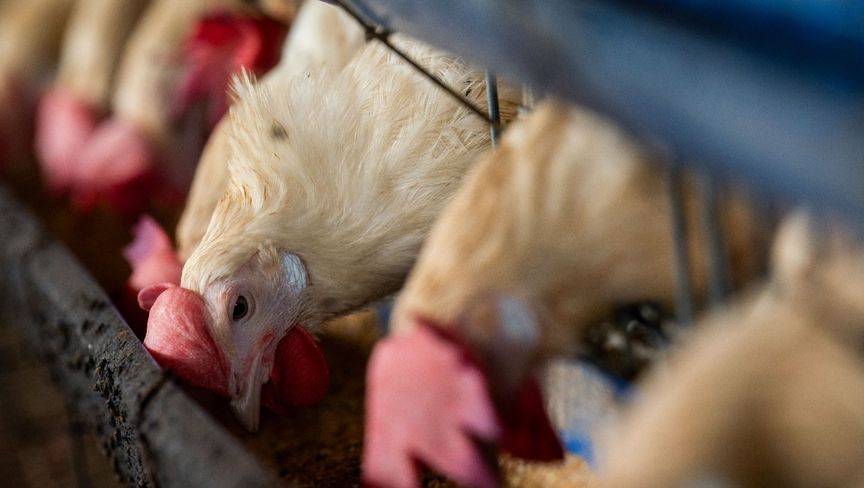 Owners of Saudi Arabia’s National Poultry Consider Selling for 2 Billion Riyals
Owners of Saudi Arabia’s National Poultry Consider Selling for 2 Billion Riyals Delmon Poultry announces its financial results for the nine-month period ending September 30, 2024
Delmon Poultry announces its financial results for the nine-month period ending September 30, 2024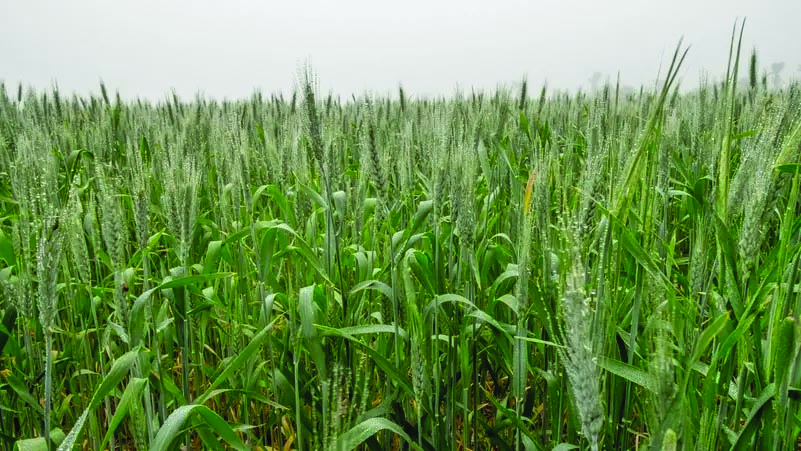 Tunisia seeks to buy 200,000 tonnes of soft and hard wheat
Tunisia seeks to buy 200,000 tonnes of soft and hard wheat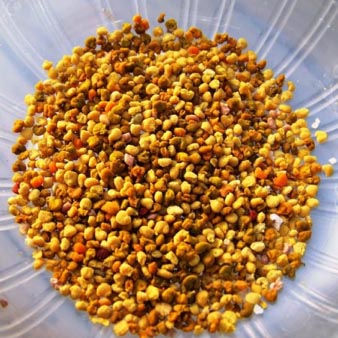 How can propolis be used to improve feed additives
How can propolis be used to improve feed additives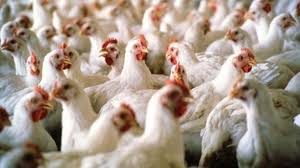 Poultry Producers Union: Entering new production cycles after reducing feed prices
Poultry Producers Union: Entering new production cycles after reducing feed prices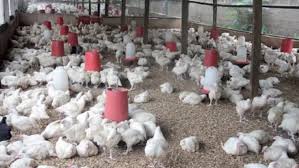 Jerash.. Poultry farms in a dilemma due to time restrictions for transporting waste, and the "Agriculture" explains
Jerash.. Poultry farms in a dilemma due to time restrictions for transporting waste, and the "Agriculture" explains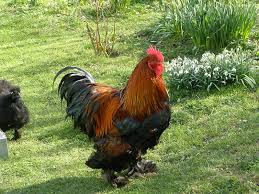 The Cochin chicken
The Cochin chicken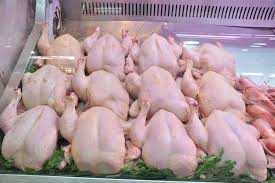 Poultry Syndicate: Consumption Decreases by 25 Percent, Prices Below Cost
Poultry Syndicate: Consumption Decreases by 25 Percent, Prices Below Cost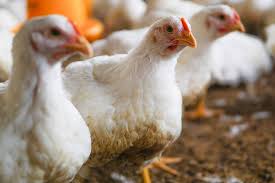 Minister of Agriculture announces a series of measures to address the shortage of poultry and eggs in Tunisia
Minister of Agriculture announces a series of measures to address the shortage of poultry and eggs in Tunisia by: Prof. Dr. Mahmoud Salama El-Haysha, Egypt
by: Prof. Dr. Mahmoud Salama El-Haysha, Egypt




